CARACTERIZAÇÃO DE NEUROESFERAS DE CÉLULAS-TRONCO DE POLPA DENTÁRIA E PAPILA APICAL
INTRODUCTION: Mesenchymal stem cells (MSCs) are multipotent and self-renewing, capable of differentiating into various lineages. They can be obtained from different adult tissues, including dental tissues. MSCs derived from the apical papilla (SCAP) and dental pulp (DPSC), both originating from the neural crest, have the capacity to form neurospheres in three-dimensional (3D) cultures, promoting cell growth and neuronal differentiation. Thus, they are promising candidates for the treatment and modeling of neurodegenerative diseases, such as Parkinson’s disease. AIMS: To collect, isolate, and culture SCAP and DPSC, induce neurosphere formation, and characterize the resulting neurospheres to compare their 3D cellular organization and evaluate their potential to generate neuronal phenotypes. MATERIALS AND METHODS: After approval by the PUCPR Research Ethics Committee (CAAE: 67807123.8.0000.0020), SCAP (n=2) and DPSC (n=2) were isolated and cultured in IMDM medium supplemented with 15% FBS. The cells were expanded and cryopreserved at passage two until the time of analysis. Samples were then thawed, cell viability was assessed, and the cells were seeded. Subsequently, the samples were dissociated and re-cultured in non-adherent plates with DMEM/F12 medium supplemented with B-27, EGF, and FGF to promote neurosphere formation. The 3D culture was maintained for five days, and wells were imaged on days 2 and 5. Neurospheres were quantified, measured, and classified as small (≤50 µm), medium (51–250 µm), or large (>251 µm). RESULTS: No significant differences were observed between DPSC and SCAP groups regarding the number of small, medium, and large neurospheres, total neurosphere count, or average size on days 2 and 5. However, DPSC CTL (p=0.0159), DPSC DIF (p=0.0144), and SCAP DIF (p=0.0283) showed a significant decrease in the percentage of medium-sized neurospheres. In DPSC CTL, a highly significant increase in the percentage of small neurospheres (p=0.0089) was observed between days 2 and 5. Both SCAP DIF (p=0.0002) and DPSC DIF (p=0.0004) exhibited an extremely significant reduction in total neurosphere count from day 2 to day 5. No significant differences were found in the remaining parameters between these time points. FINAL CONSIDERATIONS: The results indicate that SCAPs and DPSCs, due to their common embryonic origin, when subjected to 3D culture under neuronal induction, tend to form medium-sized neurospheres that fragment and grow through cell aggregation. These neurospheres play a key role in supporting neuronal differentiation processes. As a result, cell loss is minimized, and cell viability is preserved throughout the culture period, without compromising the favorable conditions required for neuronal differentiation.
KEYWORDS: SCAP; DPSC; D culture; Neuronal differentiation; Neurospheres.
Para validarmos seu voto, por favor, preencha os campos abaixo. Alertamos que votos duplicados ou com CPF inválido não serão considerados.




